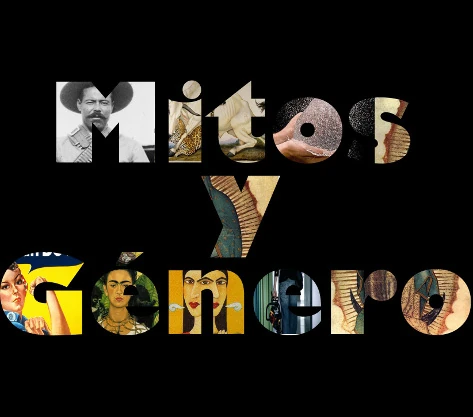Size Matters. Walton Ford’s Promiscuous New World Grammatology in Chingado (1998)
(pp. 14-32; DOI: 10.23692/iMex.5.2)
 Cargando...
Cargando...
 Cargando...
Cargando...Dr. Claudia Leitner
She teaches Spanish and Latin American literatures and cultures at the University of Vienna, where she obtained her PhD in 2001 with a study on the figure of La Malinche. Her research interests comprise literature and visual studies, coloniality, gender and animal agendas. She is currently working on a book on animality, species debates and narratives of biosociality. Recent articles:»Mexiko und Zentralamerika: Von den Avantgarden bis zur Gegenwart». In: Handbuch Spanisch, eds. J. Born et al. (Berlin: ESV, 2012); «‘Chloé sale singe’. Das Sprachexperiment in Robert Merles Roman Le Propre de l’homme«. In: Tiere – Experiment – Literatur. 1880-2010, eds. R. Borgards and N. Pethes (Würzburg: Königshausen & Neumann, 2013).
In his painting Chingado (1998), US-American artist Walton Ford undertakes an interspecies queering of modern Mexico’s origin myth. Using the visual protocols of early 19th-century natural history artists, Ford presents the colonial clash of cultures as animal allegory. With a focus on the ‘ink and pencil part’ of the painting, i.e. the rich scriptural marginalia surrounding the figures of a bull and a jaguar in lethal embrace, this article addresses the ‘writerly imagination’ patent in Chingado. As both its title and pictorial focus point toward the trope of the Spanish conquest conceived of as a rape, Ford appears to engage critically with the authoritative voice of Octavio Paz, whose essay El laberinto de la soledad (1950) laid out a quasi-catechetic status for the taboo word ‘chingar’ and established special mytho-historical resonances for its passive participle in the feminine mode (‘chingada’). With a more creaturely and bio-centric approach altogether, Ford avoids Paz’s notorious bias not only in terms of gender and ethnicity; the remarkable attention to native Mesoamerican script traditions in Chingado – recalling, in terms of possible literary affinities, Borges’s subtly Americanist story «La escritura del dios» (1949) – can be regarded as a salute to non-Western forms of cosmovision and agency.
In his painting Chingado (1998), US-American artist Walton Ford undertakes an interspecies queering of modern Mexico’s origin myth. Using the visual protocols of early 19th-century natural history artists, Ford presents the colonial clash of cultures as animal allegory. With a focus on the ‘ink and pencil part’ of the painting, i.e. the rich scriptural marginalia surrounding the figures of a bull and a jaguar in lethal embrace, this article addresses the ‘writerly imagination’ patent in Chingado. As both its title and pictorial focus point toward the trope of the Spanish conquest conceived of as a rape, Ford appears to engage critically with the authoritative voice of Octavio Paz, whose essay El laberinto de la soledad (1950) laid out a quasi-catechetic status for the taboo word ‘chingar’ and established special mytho-historical resonances for its passive participle in the feminine mode (‘chingada’). With a more creaturely and bio-centric approach altogether, Ford avoids Paz’s notorious bias not only in terms of gender and ethnicity; the remarkable attention to native Mesoamerican script traditions in Chingado –recalling, in terms of possible literary affinities, Borges’s subtly Americanist story «La escritura del dios» (1949)– can be regarded as a salute to non-Western forms of cosmovision and agency.
Yasmin Temelli - Editorial
Claudia Leitner - Size Matters
Silja Helber - Las (nuevas) Malinches chicanas
Liane Ströbel - Buñuel y sus heroínas
Joachim Michael - Asesinas en serie
Marion Röwekamp - Myth of Equality
Doris Wieser / M.G. Delgado Rodríguez - Mitificación de Pancho Villa
Uta Felten - Juegos subversivos
Ursula Hennigfeld - El mito del agua
Reseña

